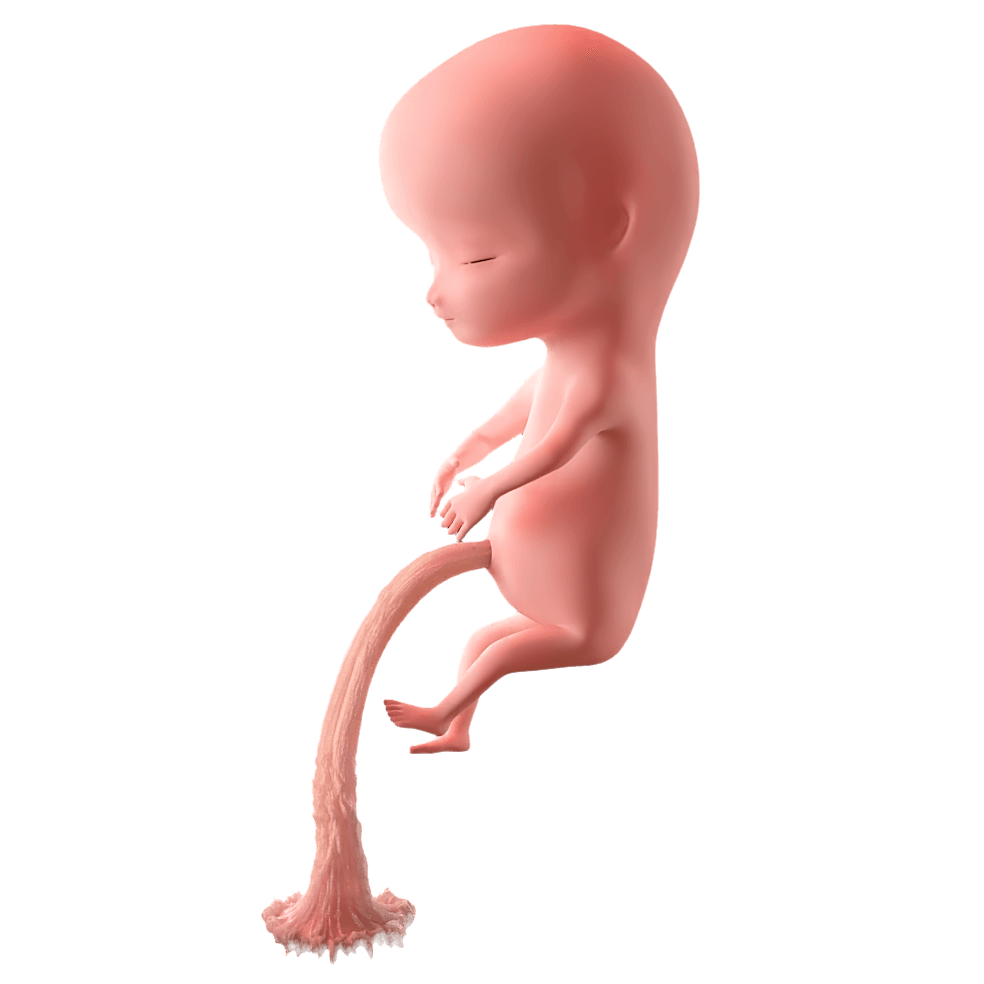During the pregnancy, maternal antibodies can transfer to the developing fetus. The earliest evidence of antibodies entering the fetal blood is from a study of fetuses as young as 13 weeks gestation.8 The number of antibodies in the fetus’ bloodstream rises continuously from 17 weeks until birth, with the sharpest increases in the last month of pregnancy.9 At birth, the baby usually has a higher concentration of antibodies than the mother to keep the baby from catching dangerous diseases.10
Become A Defender of Life
Your donation helps us continue to provide world-class research in defense of life.
DONATECharlotte Lozier Institute
Phone: 202-223-8073
Fax: 571-312-0544
2776 S. Arlington Mill Dr.
#803
Arlington, VA 22206

Week 13
Complex facial features and behaviors
- Post-conception Week 11
- Days 70-76
- 3 Months Pregnant
- Gestational Week 13

Yes! In week 13, the fetus starts urinating into the amniotic cavity. By the last month of pregnancy, the fetus actually excretes half a liter of urine every day.11 Around 13 weeks, the fetal intestine begins to absorb water and glucose from amniotic fluid that the fetus swallows, too.12 Furthermore, the fetus’s respiratory tract also absorbs much of the water that the fetus swallows. Therefore, it is highly important that the amniotic fluid gets recycled quickly. In fact, the water content of amniotic fluid completely changes every three hours!13
The major components of the face arise from two important tissue types – pharyngeal arches and neural crest cells. In the developing embryo, there are six pharyngeal arches. The pharyngeal arches form from mesoderm around six weeks gestation. Each pharyngeal arch has its own blood vessel, cranial nerve, and bar of cartilage which will later form bones. Neural crest cells are special cells that come from areas next to the neural tube.14
Between 6 and 8 weeks, a set of neural crest cells grows quickly to make the frontonasal prominence. This area of the developing face becomes the nose and forehead. The first phayrngeal arch also develops into the jaw, lips, cheeks, and outer ears. By 8 weeks the face is mostly developed, but the nostrils are very large and the left and right cheeks are completely separate from one another – there is no upper lip area yet. By 12 weeks, the tissue of the cheeks has fused together under the nose forming the upper lip allowing for unique differences in facial identity.15








